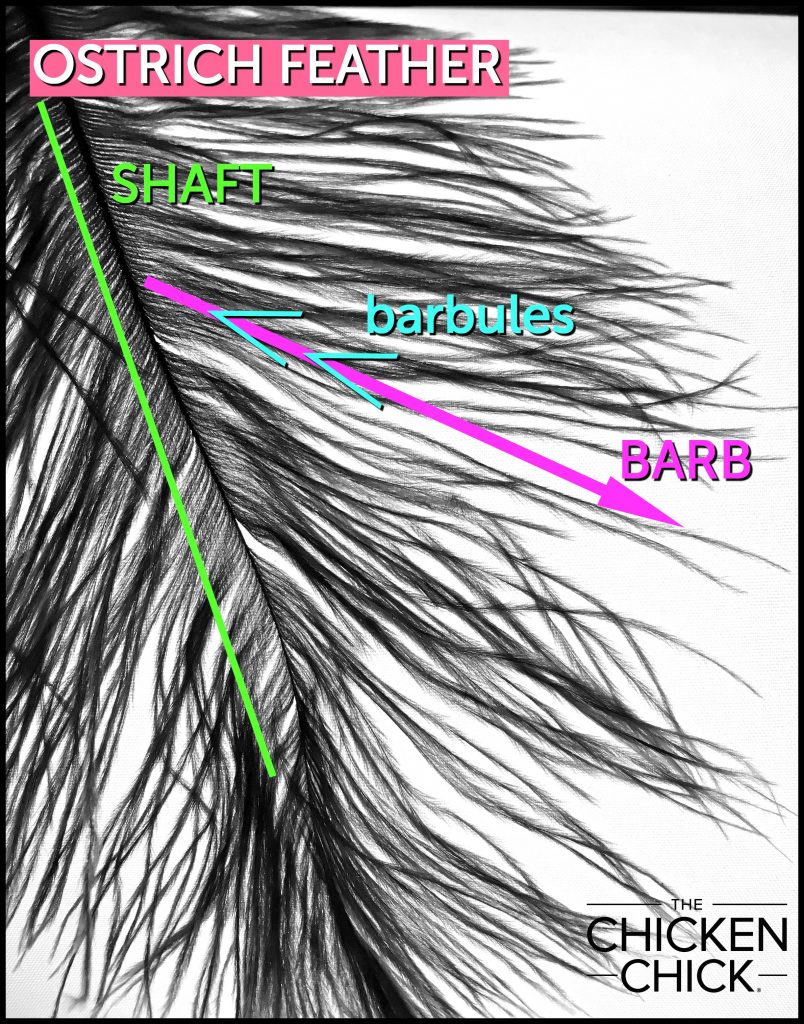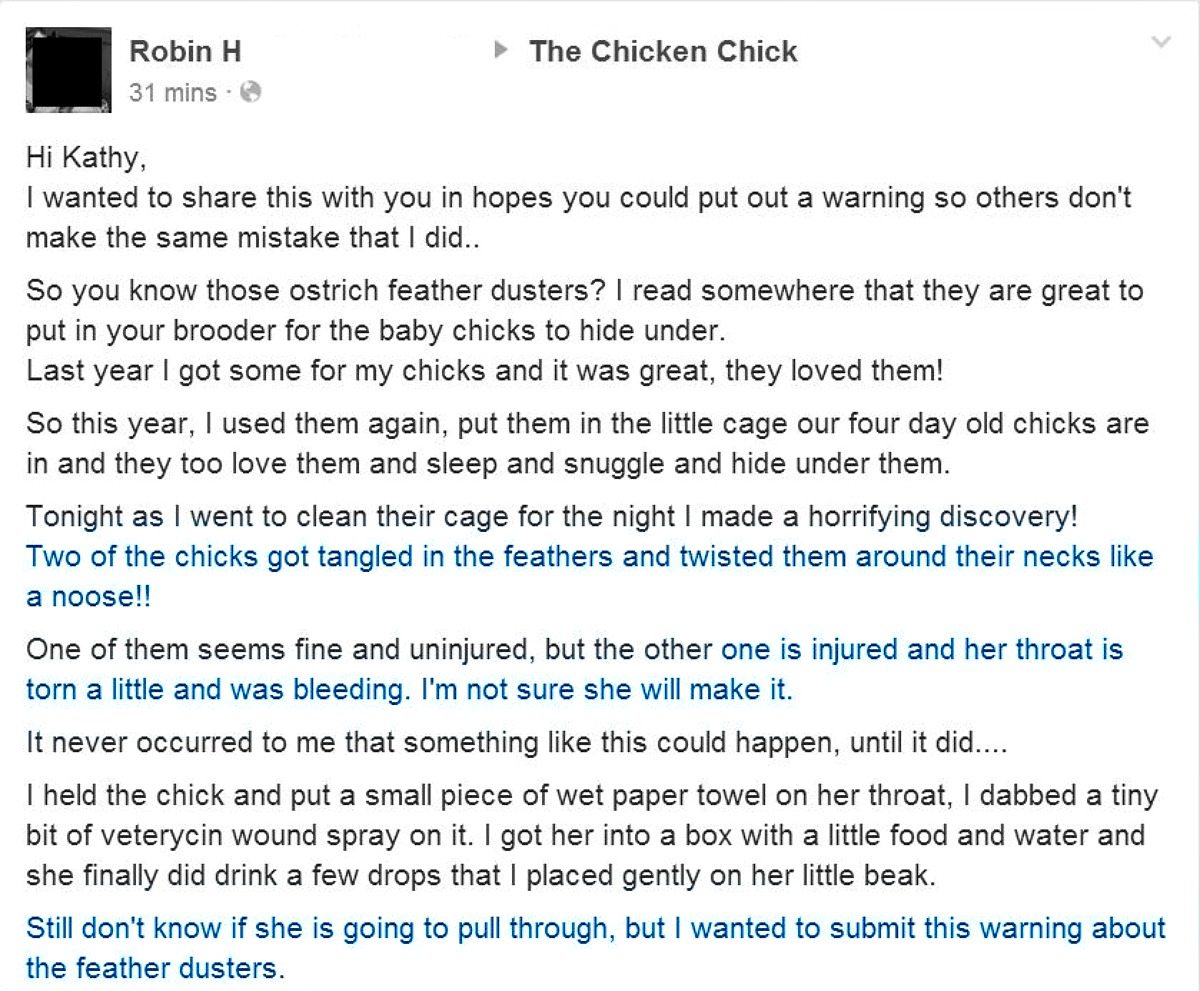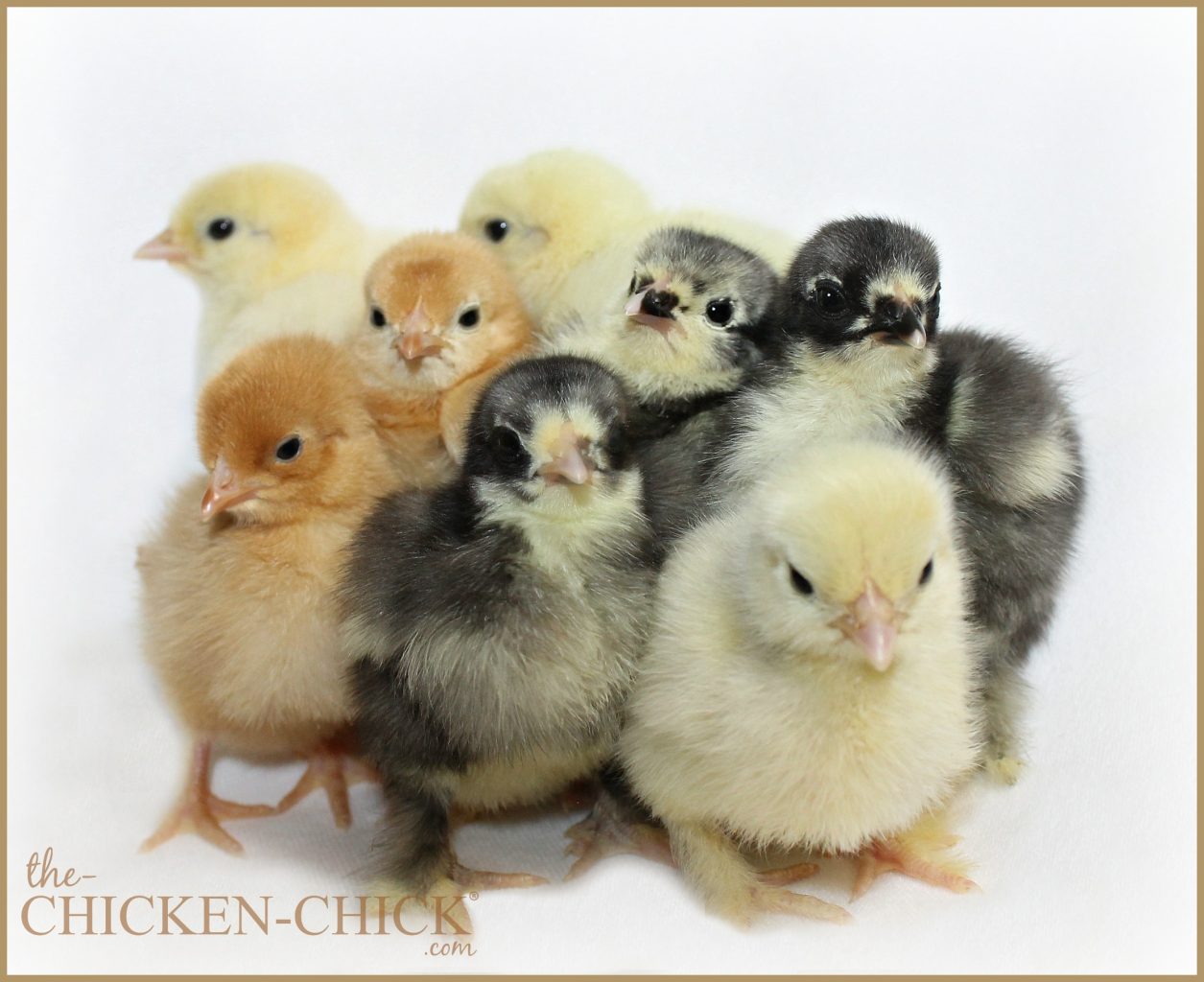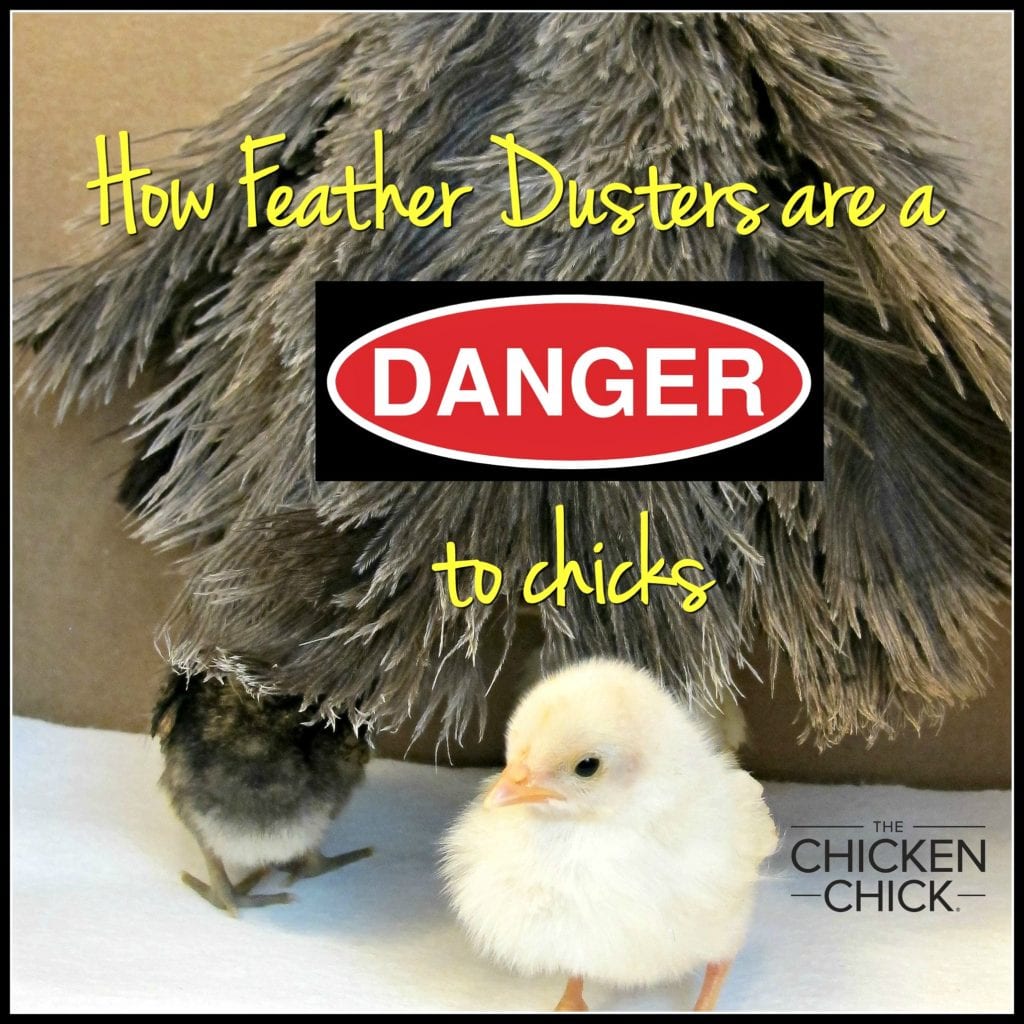In recent years, some backyard chicken keepers have begun hanging feather dusters in chick brooders without realizing the dangers they pose until it’s too late. While the practice may initially seem harmless, and chicks look adorable snuggled underneath ostrich feathers, they create a serious threat of injury and death to chicks.
Keeping chickens is a novel undertaking for most of us and best practices for meeting their needs are not necessarily intuitive, but we have an obligation to keep vulnerable chicks safe from unnecessary and dangerous gimmicks, so let’s explore what’s behind this feather duster business and what makes it dangerous.
CHICKEN VS. OSTRICH FEATHERS

Ostrich feathers are used to make dusters due to their ability to create static electricity, attracting dust that clings to them when brushed.
A typical chicken feather is stiff and mostly flat because the barbs that branch off the shaft are woven together by barbules and hooks. Ostrich feathers possess flexible shafts with extra-long barbs measuring 3″ in length or longer.
The static electricity generated between an ostrich feather and a baby chick’s down combined with the long, wispy barbs create a dangerous entanglement hazard in a brooder. A single pirouette underneath an ostrich feather is all it takes to form a noose around a chick’s tiny neck or ligature around its legs or feet.




WHY MIGHT SOMEONE PLACE A FEATHER DUSTER IN A BROODER?

THE CLAIM: A feather duster “imitates a mother hen.”
THE FACTS: Baby chicks cannot create or regulate their body heat when they first hatch, therefore, they need to be kept warm by a mother hen or with a substitute heat source.
A mother hen removes feathers from her breast to create a bald area of skin known as a brood patch, which allows her to apply the heat from her body directly to her hatching eggs and chicks.
The hen’s body heat provides warmth to her chicks, not her feathers. While her feathers can aid in trapping in air warmed by her body, the feathers themselves do not provide a source of warmth to chicks. A feather duster is not a make-shift mother hen.

CHICKEN KEEPING IN THE INFORMATION AGE
Families today keep chickens in backyards for different reasons and in different ways than in previous generations that raised them just as livestock for meat and eggs. They have become popular egg laying pets found in backyards of all sizes. As motives for chicken keeping have changed, so too has the way we share information and ideas, which is both a blessing and a curse.
We enjoy instant access to information at our fingertips 24/7 for every topic imaginable, but not all information online is reliable. Along with this evolution of purpose has come a fair amount of sketchy advice about how to care for them. Practices that seem harmless can go horribly wrong at the expense of innocent animals who rely on us to make the right decisions for them.
I encourage you to use common sense when making chicken care decisions. Ask questions and demand satisfactory explanations before incorporating any practice into your chicken care routine. Ask yourself…
What is the objective for doing this?
Is it necessary, helpful and safe?
Is there a safer way to accomplish the intended objective?

Kathy Shea Mormino
Affectionately known internationally as The Chicken Chick®, Kathy Shea Mormino shares a fun-loving, informative style to raising backyard chickens. …Read on


shop my SPONSORS
In recent years, some backyard chicken keepers have begun hanging feather dusters in chick brooders without realizing the dangers they pose until it’s too late. While the practice may initially seem harmless, and chicks look adorable snuggled underneath ostrich feathers, they create a serious threat of injury and death to chicks.
Keeping chickens is a novel undertaking for most of us and best practices for meeting their needs are not necessarily intuitive, but we have an obligation to keep vulnerable chicks safe from unnecessary and dangerous gimmicks, so let’s explore what’s behind this feather duster business and what makes it dangerous.
CHICKEN VS. OSTRICH FEATHERS

Ostrich feathers are used to make dusters due to their ability to create static electricity, attracting dust that clings to them when brushed.
A typical chicken feather is stiff and mostly flat because the barbs that branch off the shaft are woven together by barbules and hooks. Ostrich feathers possess flexible shafts with extra-long barbs measuring 3″ in length or longer.
The static electricity generated between an ostrich feather and a baby chick’s down combined with the long, wispy barbs create a dangerous entanglement hazard in a brooder. A single pirouette underneath an ostrich feather is all it takes to form a noose around a chick’s tiny neck or ligature around its legs or feet.




WHY MIGHT SOMEONE PLACE A FEATHER DUSTER IN A BROODER?

THE CLAIM: A feather duster “imitates a mother hen.”
THE FACTS: Baby chicks cannot create or regulate their body heat when they first hatch, therefore, they need to be kept warm by a mother hen or with a substitute heat source.
A mother hen removes feathers from her breast to create a bald area of skin known as a brood patch, which allows her to apply the heat from her body directly to her hatching eggs and chicks.
The hen’s body heat provides warmth to her chicks, not her feathers. While her feathers can aid in trapping in air warmed by her body, the feathers themselves do not provide a source of warmth to chicks. A feather duster is not a make-shift mother hen.

CHICKEN KEEPING IN THE INFORMATION AGE
Families today keep chickens in backyards for different reasons and in different ways than in previous generations that raised them just as livestock for meat and eggs. They have become popular egg laying pets found in backyards of all sizes. As motives for chicken keeping have changed, so too has the way we share information and ideas, which is both a blessing and a curse.
We enjoy instant access to information at our fingertips 24/7 for every topic imaginable, but not all information online is reliable. Along with this evolution of purpose has come a fair amount of sketchy advice about how to care for them. Practices that seem harmless can go horribly wrong at the expense of innocent animals who rely on us to make the right decisions for them.
I encourage you to use common sense when making chicken care decisions. Ask questions and demand satisfactory explanations before incorporating any practice into your chicken care routine. Ask yourself…
What is the objective for doing this?
Is it necessary, helpful and safe?
Is there a safer way to accomplish the intended objective?





























We so need this now with the 14 new ones we got, they will soon need this!
I love raising chickens. Watching them going about their business everyday really puts a smile on my face. I have a few acres for them to free range so they seem really happy. Your articles are so interesting and helpful. Thank you for sharing your expertise! I’m hoping to win the Grandpa feeder for my flock. It would be very helpful since mice are a real problem out here in the country plus all the wasted food using other type feeders.
I live learning from.you. Thank you so much for all yhat you give us..
I would love to win a feeder.
Thank you for the chance
Would love a feeder. So would my chickens. The rats not so much!
I used real chicken feathers on one that I made myself for the brooder. They have a heat source, so they didn’t need it for heat, but they did seem to like hiding under it. Maybe felt more secure?